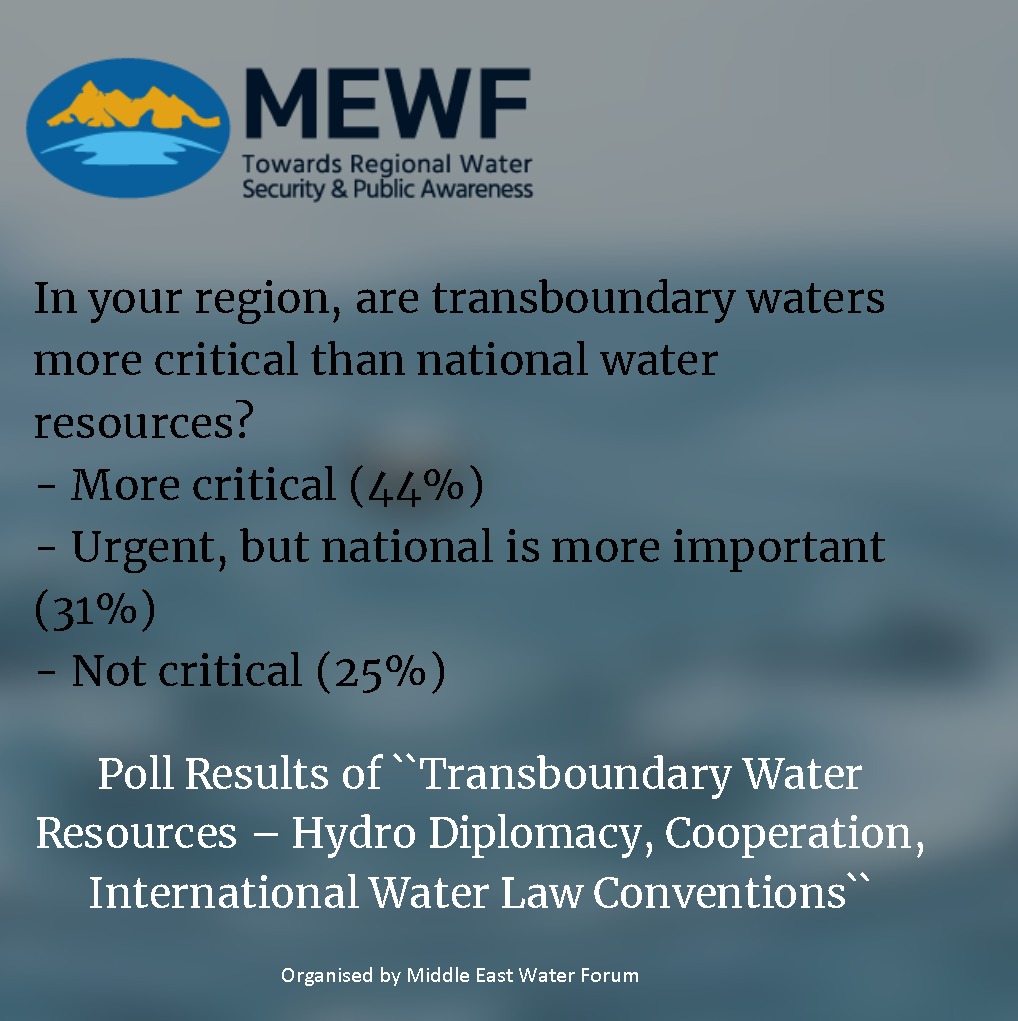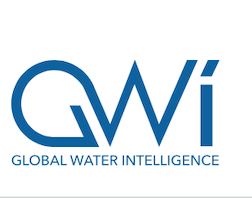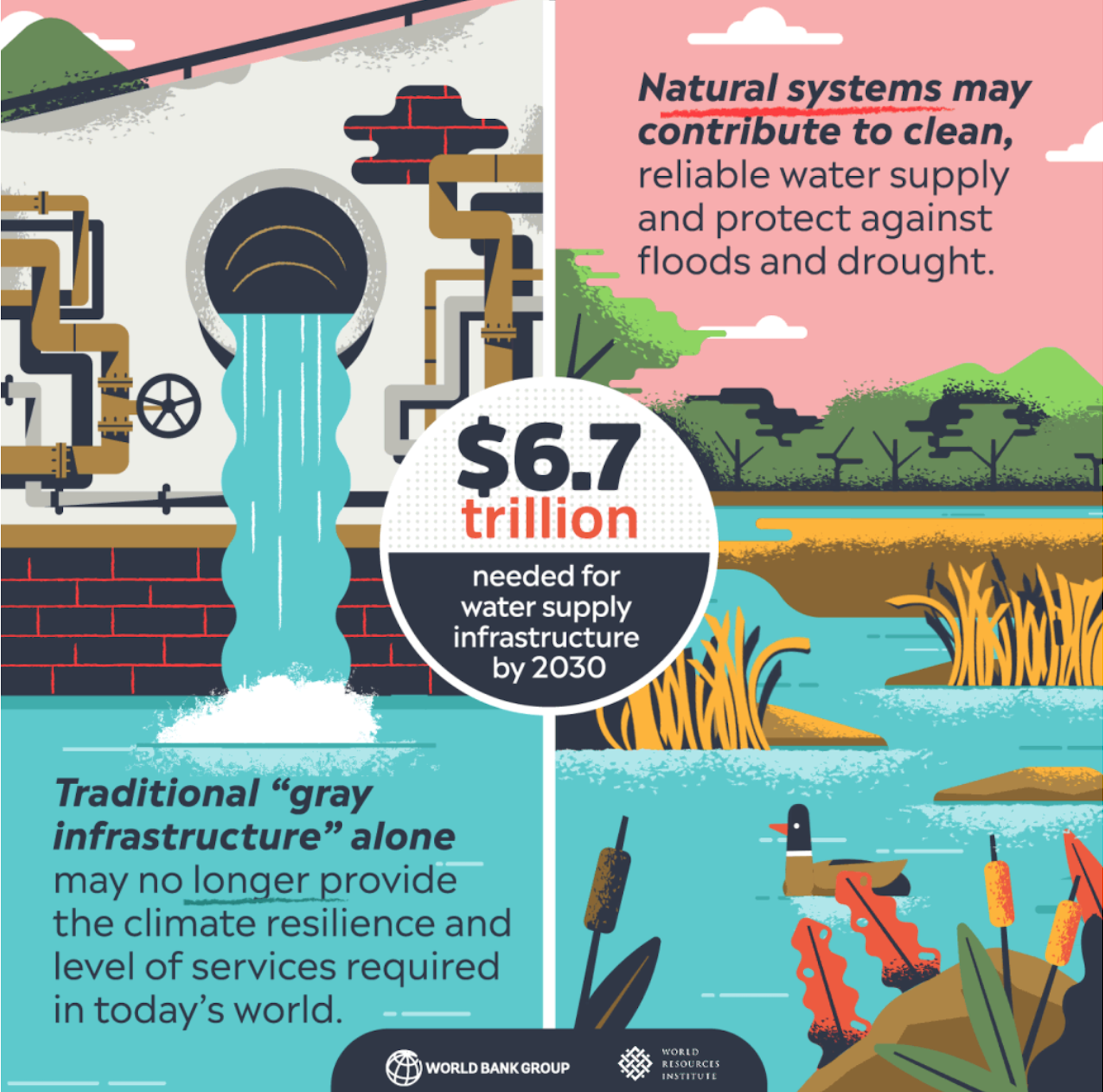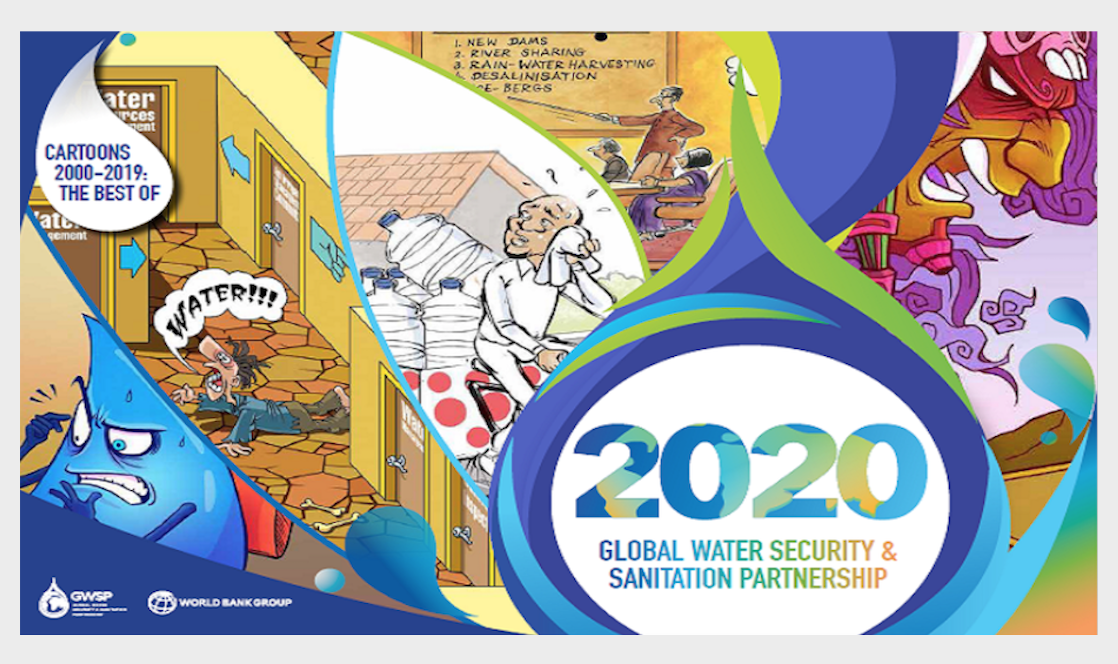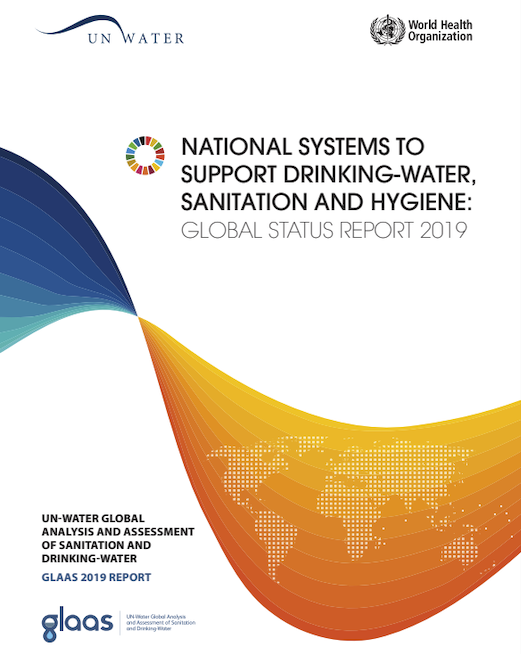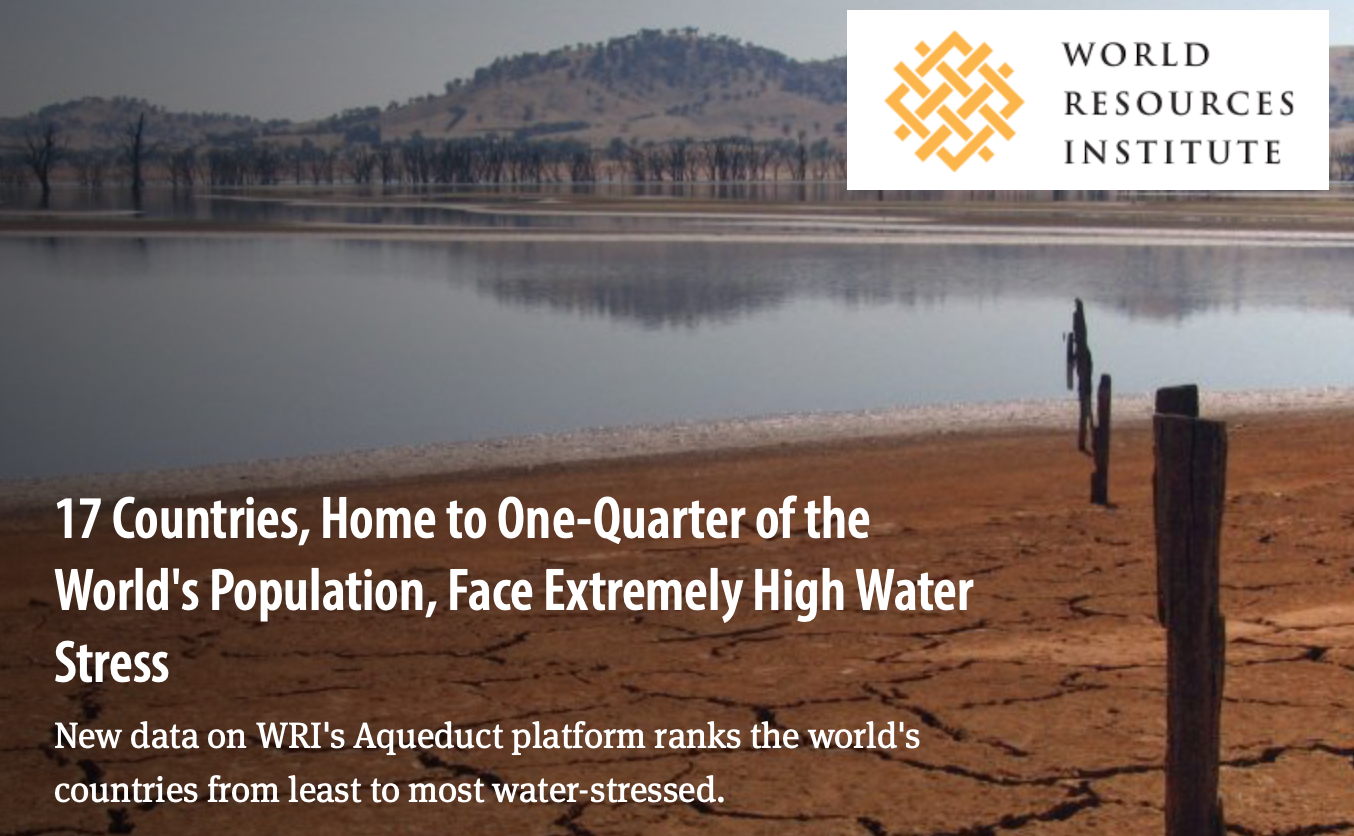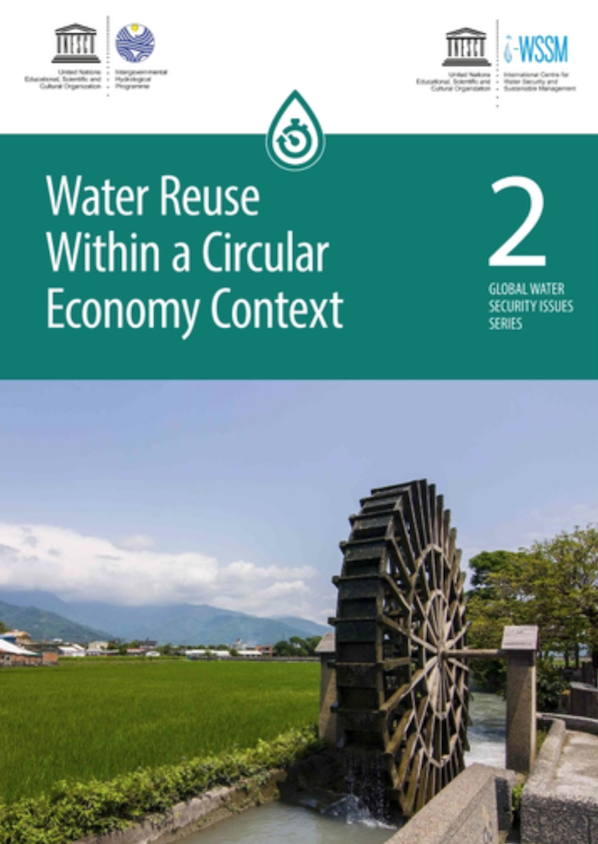
A lack of joined up thinking on water resources and utility services has led to unsustainable water systems, says Tom Scotney.
This month’s Water Leader interview with Timothy Thomure, the head of Tucson Water in Arizona, might have some instructive lessons for water utility leaders in the Middle East. Anyone who’s had the experience of a summertime visit to Phoenix or Riyadh will have experienced the stifling conditions that make water management a key issue in both regions.
Yet despite being located smack dab in the middle of one of the world’s most arid regions, coping with the ongoing Colorado Basin drought, and sharing upstream allocations with the even more thirsty Phoenix, Tucson boasts one of the world’s most effective anti-drought water storage systems. If the Colorado – which supplies the majority of the region’s drinking water – shut off tomorrow, it would be seven years before Tucson had to start digging into its non-renewable groundwater reserves, thanks to seven years’ worth of topping up the aquifer with surplus surface water and treated wastewater. This is an enviable situation that many of the Gulf cities, where emergency supply is measured in hours not years, would look at with envy. In fact, in times of need, Tucson can turn from a water user into a water source, releasing reserves for use back in Phoenix.
 dr-hazim-el-naser-1
dr-hazim-el-naser-1








